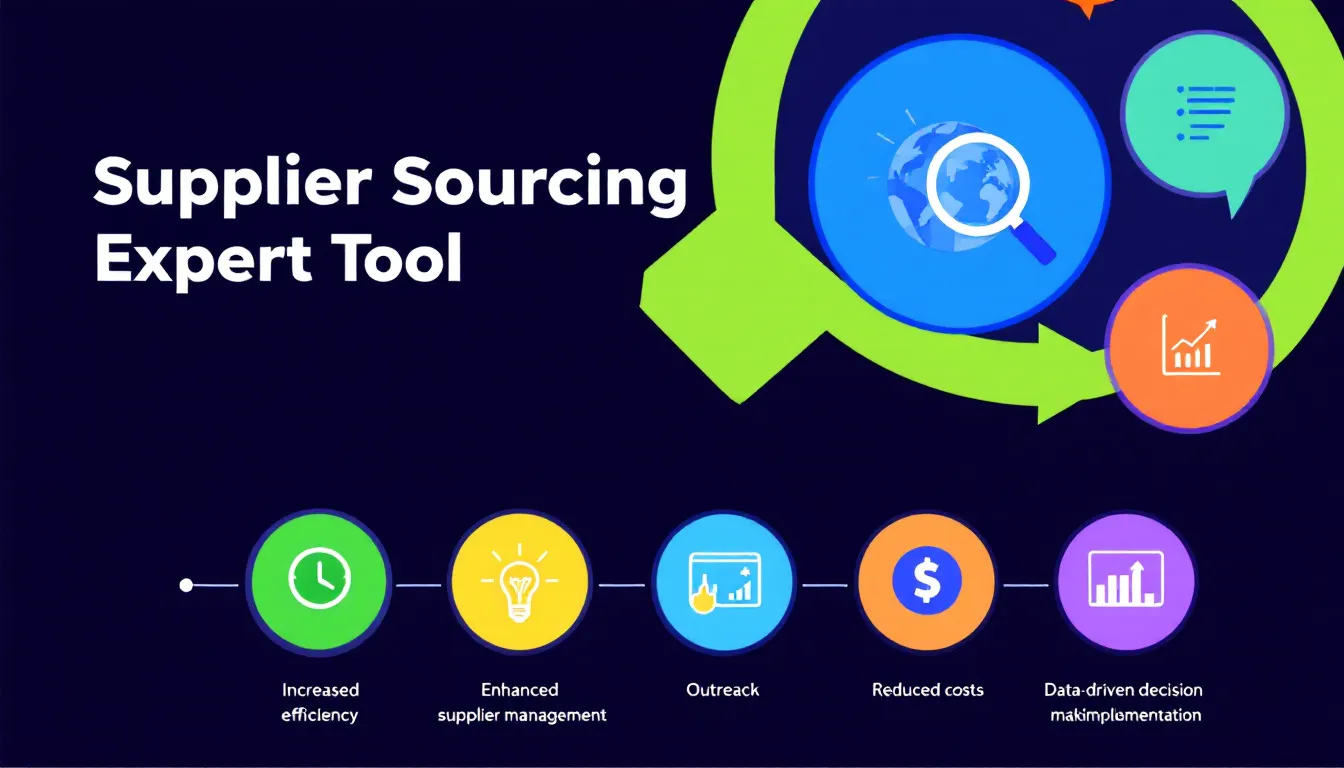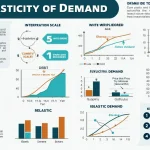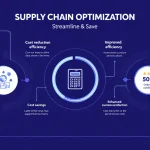Is this tool helpful?
How to Use the Supplier Sourcing Tool Effectively
Use this Supplier Sourcing Tool to find dependable and cost-effective suppliers tailored to your product needs. Follow these steps for the best results:
- Product Description: Enter the product for which you need suppliers. Be specific to improve matching accuracy. For example, try “Biodegradable phone cases” or “High-strength carbon fiber bike frames”.
- Required Quantity: Specify the estimated quantity to ensure suppliers can meet your volume needs. Examples include “25,000 units” or “5,000 pieces”.
- Quality Standards: List any certifications or quality benchmarks. For instance, “Fair Trade Certified” or “ISO 14001 Environmental Management”.
- Geographic Preference: Indicate if you prefer suppliers from certain regions, like “South America” or “Northern Europe”.
- Budget Constraints: Enter your target price range to help locate suppliers within your financial scope. For example, “$12-$15 per unit” or “€8-€10 per item”.
- Submit: Click the “Find Suppliers” button to get a tailored report featuring recommended suppliers.
After submission, the tool analyzes market data to deliver a detailed report. This includes supplier profiles, strengths, certifications, and potential risks, helping you make informed sourcing decisions.
Introduction to the Supplier Sourcing Tool
What Is the Supplier Sourcing Tool?
This AI-driven Supplier Sourcing Tool helps you identify and evaluate suppliers efficiently. It aggregates market information and applies smart algorithms to match your specific product requirements with suppliers worldwide. The tool simplifies supplier discovery by taking into account quality standards, quantity needs, location preferences, and budget constraints.
Purpose and Benefits
- Save Time: Automates the supplier search process, reducing manual effort.
- Control Costs: Helps you find suppliers offering competitive prices.
- Ensure Quality: Matches your quality and certification requirements to suitable suppliers.
- Mitigate Risks: Provides insights into supplier reliability and financial stability.
- Expand Reach: Access suppliers in multiple geographic regions.
- Customized Results: Tailors recommendations to your precise product and business needs.
Practical Applications of the Supplier Sourcing Tool
1. Launching New Products
When developing a new product, quickly find suppliers with the right experience and capabilities. This helps accelerate your product launch while maintaining quality standards.
For example, a company creating eco-friendly packaging might search for suppliers certified in compostable materials and choose from recommended vendors based on capacity and location.
2. Cost Reduction Strategies
Identify alternative suppliers that offer lower prices without sacrificing quality. This tool helps you compare supplier pricing and certifications to achieve cost savings.
For instance, a furniture manufacturer can discover new material suppliers offering better rates while meeting durability standards.
3. Expanding Supplier Networks
Find diverse suppliers to broaden your supply chain, reducing dependency on a limited number of vendors.
A clothing brand expanding into sustainable fashion could use the tool to locate suppliers specializing in organic fabrics from different regions.
4. Managing Risks and Supply Chain Stability
Access information on supplier stability, compliance, and geopolitical factors to minimize disruption risks.
A tech company worried about political instability in its sourcing regions could explore alternative suppliers with strong financial records in safer locations.
5. Entering New Geographic Markets
Find local suppliers in target markets to reduce shipping costs and comply with regional regulations.
An electronics retailer entering Southeast Asia might identify accessible suppliers of components, enabling efficient market entry.
Why Use This Supplier Sourcing Tool?
Improved Decision Making
Get clear, consolidated data on supplier capabilities, certifications, and costs. This transparency lets you choose the best suppliers confidently.
Streamlined Procurement Process
Automate initial supplier research, freeing your team to focus on negotiation and relationship-building.
Quality Assurance
See which suppliers meet your quality requirements and industry certifications upfront, reducing the risk of quality issues.
Access to Global Supplier Database
Expand your reach to vetted suppliers worldwide, helping you find niche products or cost advantages in different regions.
Customization and Flexibility
The tool adapts to a variety of industries and product specifications, whether you need small batch manufacturers or large-scale producers.
Important Disclaimer
The calculations, results, and content provided by our tools are not guaranteed to be accurate, complete, or reliable. Users are responsible for verifying and interpreting the results. Our content and tools may contain errors, biases, or inconsistencies. Do not enter personal data, sensitive information, or personally identifiable information in our web forms or tools. Such data entry violates our terms of service and may result in unauthorized disclosure to third parties. We reserve the right to save inputs and outputs from our tools for the purposes of error debugging, bias identification, and performance improvement. External companies providing AI models used in our tools may also save and process data in accordance with their own policies. By using our tools, you consent to this data collection and processing. We reserve the right to limit the usage of our tools based on current usability factors.







